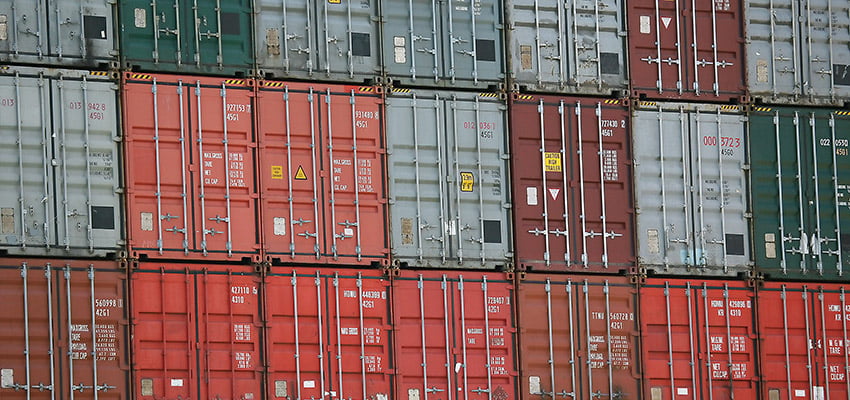DYNAMIC pricing and rates provider Mizzen Group has announced 1-Stop Connections has joined its Container Visibility Project.
The aim of the project, being delivered with the support of University of Technology Sydney, is improved visibility in container shipping supply chain operations.
Mizzen Group managing director Jon Charles described 1-Stop as “a supply chain innovator” whose applications had “for many years been optimising operations within the port community”.
“With them joining our project, we are able to add new capabilities and turn data into useful insights for the industry as a whole,” Mr Charles said.
Supporting the project have been some of the great minds at University of Technology Sydney.
Mizzen partnered with the UTS Department of Computer Science and Centre for Artificial Intelligence under the federal government APRIntern grant scheme.
The work was led by Associate Professor Farookh Khadeer Hussain and PhD candidate Ayesha Ubaid.
Associate Professor Farookh Khadeer Hussain said the first part of the project was modelling the relationship between weekly container volumes, shipping capacity and prices in the Asia-Australia trade lane.
From this they used machine learning to build a price prediction model.
“This allows us to calculate the opportunity cost to the industry of current pricing decisions and practices from determining the optimal freight rate price given actual supply and demand for a given week,” Associate Professor Hussain said.
“The first stage of the research has quantified statistically what we understand to be known anecdotally – that under the current pricing approach with a freight rate set with a date validity, there is a material disconnect to price, supply and demand.”
The platform is expected to allow shipping lines and their customers to make better informed pricing and procurement decisions.
1-Stop general manager of strategy and business development, Jeremy Chee, said joining innovative projects helped discover what could be achieved with data.
“Ever since our inception, 1-Stop has helped streamline and enhance productivity in the port community with real-time data, and now we have an opportunity to take this to the next level through differing applications and newer technology, such as machine learning,” Mr Chee said.
“By showing the actual shipping capacity in the trade for the preceding six weeks and a forecast of the cargo demand for it, the container visibility project can provide a composite picture that makes for better freight decisions.”

